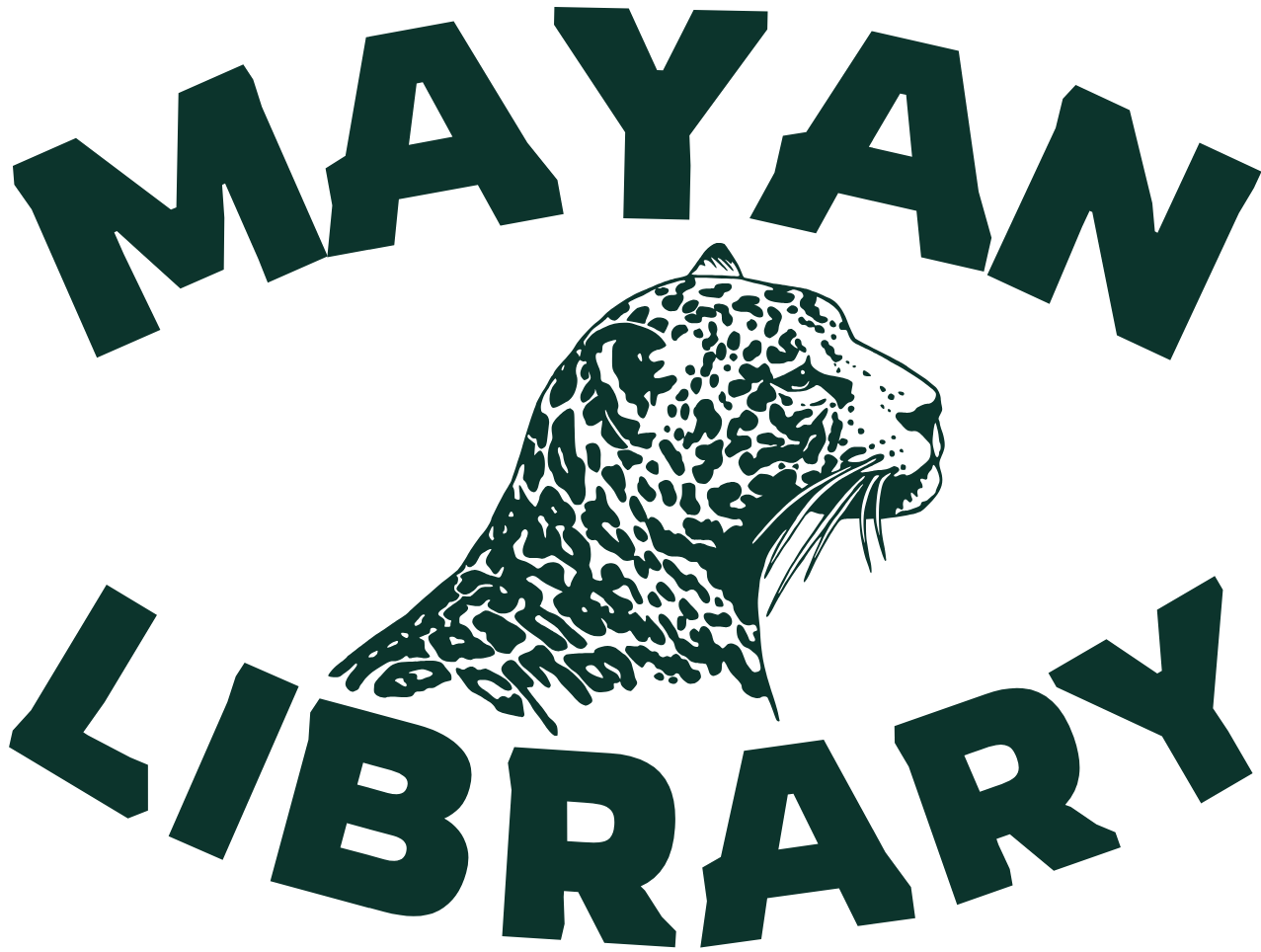Your cart is currently empty!

🇺🇸 | 🇲🇽 | 🇫🇷
Mayan Nahual Sign Report
*Note: It can take up to 60 days to be delivered
↓
Mayan Nature & Animals Library
The Mayan Nature & Animals Library is a foundational digital resource dedicated to preserving and sharing ancestral knowledge about the diverse animal and living species recognized and revered by the Maya civilization.
In the Mayan Nature cosmovision, animals, plants, and microorganisms are essential participants in the cosmic order, often linked to mythology, calendar systems, medicine, and ritual practice. Many species also serve as Nahuales (personal spiritual guides), calendar day signs, or symbolic representations in sacred ceremonies.
This library provides a comprehensive, organized guide to Maya nature -recognized living species, combining scientific classification with traditional names used by Mayan-speaking communities. It serves as an introduction to the profound ecological literacy embedded within Maya culture, offering entry points for deeper studies in zoology, ethnobiology, ethnozoology, and biocultural conservation.
📚 Classification of Mayan-Recognized Species by Natural Kingdoms
1. 🐾 Animal Kingdom (Regnum Animalia)
| Scientific Name | Mayan/Colloquial Name | Cultural Importance |
|---|---|---|
| Panthera onca | Balam (Jaguar) | Supreme symbol of strength, underworld guardian. |
| Canis lupus familiaris | Tz’i / Ok (Dog) | Companion, psychopomp (guide to Xibalba). |
| Meleagris ocellata | Kutz / Guajolote Ocelado | Sacred turkey, symbol of abundance. |
| Ara macao | Mo’ (Scarlet Macaw) | Associated with the heavens, beauty. |
| Harpia harpyja | K’iche’ Tz’ik’in (Harpy Eagle) | A sky guardian, symbol of wisdom. |
| Crocodylus moreletii | Aayin (Crocodile) | Primordial animal in creation stories. |
| Caiman crocodilus | Aayin Chiquito | Revered in lowland regions. |
| Odocoileus virginianus | Keh (Deer) | Symbol of peace, calendar day sign. |
| Ateles geoffroyi | Ma’ax (Spider Monkey) | Creative energy, linked to the arts. |
| Tapirus bairdii | Tzemen (Tapir) | Symbol of terrestrial strength. |
| Tayassu pecari | K’ax (Peccary) | Wild boar, part of hunting traditions. |
| Boa imperator | Chan (Boa) | Associated with rain and fertility. |
| Dendrobates auratus | Kaab’il (Poison Dart Frog) | Rainforest symbol, used in storytelling. |
| Chelonia mydas | K’aak’ (Green Sea Turtle) | Linked to water origins in myth. |
| Dermochelys coriacea | K’aak’ Baal (Leatherback Turtle) | Represents ocean power. |
| Centruroides gracilis | Tzul (Scorpion) | Protection symbol, both feared and respected. |
2. 🐝 Insect Kingdom (Class Insecta)
| Scientific Name | Mayan/Colloquial Name | Cultural Importance |
|---|---|---|
| Melipona beecheii | Xunan Kaab (Sacred Stingless Bee) | Sacred honey, medicinal and ritual uses. |
| Atta cephalotes | Sakasik’ (Leafcutter Ant) | Agricultural symbolism, ecosystem engineer. |
| Dynastes hercules | K’an B’aalam (Hercules Beetle) | Strength and fertility symbol. |
| Morpho peleides | Mo’ Nikté (Blue Butterfly) | Transformation, beauty, and messages from ancestors. |
3. 🌿 Plant Kingdom (Regnum Plantae)* — cross-referenced with Mayan Plants Library
(NOTE: Included here as a reference point; full classification under the Mayan Plants Library)
4. 🍄 Fungi Kingdom (Regnum Fungi)
| Scientific Name | Mayan/Colloquial Name | Cultural Importance |
|---|---|---|
| Psilocybe cubensis | K’aizal (Sacred Mushroom) | Visionary plant, used in healing ceremonies (with local variation and high respect). |
| Schizophyllum commune | Naach K’óok’ | Edible and medicinal uses. |
5. 🧫 Protista Kingdom (Regnum Protista)
| Scientific Name | Mayan/Colloquial Name | Cultural Importance |
|---|---|---|
| No direct traditional names recorded | Microscopic protists known through water purity signs and fermentation processes. | No direct cultural importance recorded |
6. 🦠 Bacteria Kingdom (Regnum Bacteria) and Archaea Kingdom (Regnum Archaea)
| Group | Mayan/Colloquial Name | Cultural Importance |
|---|---|---|
| Lactobacillus spp. | Known through traditional fermentation: Sakab (fermented drinks) | Used in sacred drinks like Balché, Pozol, and Sakab. |
| Cyanobacteria (Spirulina-like organisms) | Ka’an Suyuaal | Harvested in lakes, dietary protein source. |
| Soil microbial life | No direct name, but understood via regenerative farming | Traditional soil knowledge included natural microbiome management. |
📝 Summary Note
The Maya did not separate species in purely taxonomical ways but recognized them in relation to function, cosmic symbolism, medicine, sacred calendar, and practical daily use. This library is designed to be a gateway for educational exploration, allowing further navigation by calendar links (Nahuales), ecosystems, traditional uses, and mythological references.
📚 Bibliography & References
- Barrera Vásquez, Alfredo et al. (1980). Diccionario Maya Cordemex. Editorial Porrúa.
- López Austin, Alfredo (1996). Tamoanchan, Tlalocan: Places of Mist. University of Utah Press.
- Roys, Ralph L. (1931). Ethno-Botany of the Maya. Middle American Research Institute, Tulane University.
- Stuart, David (2005). The Inscriptions from Temple XIX at Palenque. Pre-Columbian Art Research Institute.
- Holland, William R. (1963). Maya Folktales from Zinacantán. University of Texas Press.
- Schlesinger, Victoria (2001). Animals and Plants of the Ancient Maya: A Guide. University of Texas Press.
- Toledo, Víctor M. (1992). What is Ethnoecology? Origins, Scope, and Implications of a Rising Discipline. Etnoecológica.
- Maffi, Luisa (2005). Linguistic, Cultural, and Biological Diversity. Annual Review of Anthropology.

How to help Librarian Josef’s Work:
1. On Kickstarter by getting a Limited Reward.
2. By purchasing an article from our Shop.
3. Donating through our Official GoFundMe.